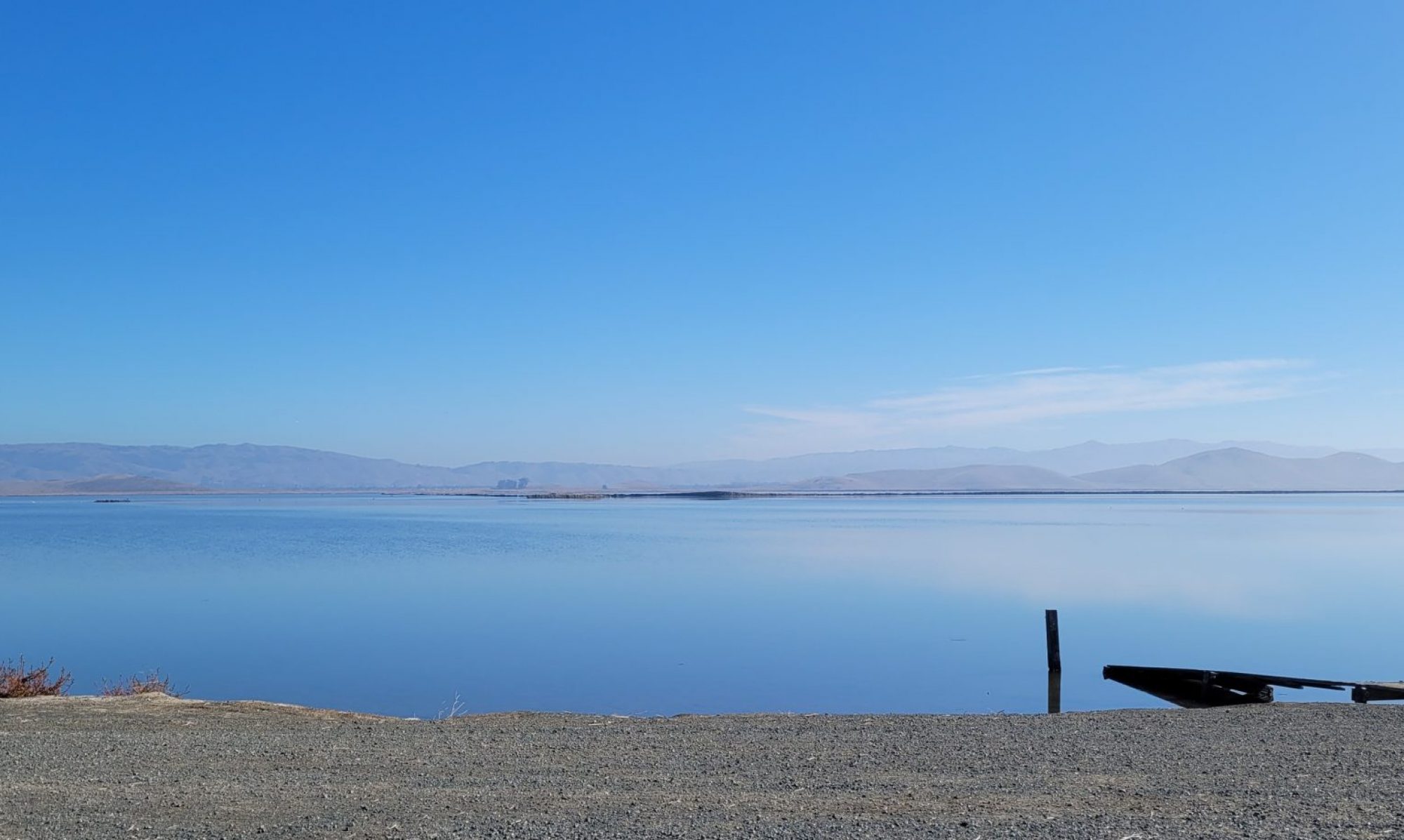
The WNBA announced this past Monday that the professional women’s basketball league will expand to 18 teams. Nearly two years ago, when they announced a Northern California franchise, it was shrouded in mystery. It would be a year before they announced the next franchise to Portland or the team name. However, this week, four more teams were confirmed. The timing of this sudden bloom of teams is no accident.
The Valkyries can claim some credit, though that credit should be shared. It’s definitely due to the players; absolutely the coaches; partly the owners; unquestionably to the growing fan base, in the Bay Area, and in general; to the WNBA of today; to all the US Women’s Olympics teams back to 1976; and to all the women’s basketball players, across the six professional leagues that did not survive; in the industrial leagues that lasted for years before, during, and after the wars, in dimly lit, humid gymnasiums with cramped locker rooms, where the locals cheered madly for their wives and daughters and sisters and neighbors. For this success story, there are a lot of shoulders to stand on.
Perhaps you don’t give a fig about basketball. You have plenty of company. However, you don’t have to enjoy basketball to appreciate the success of the Valkyries, a bunch of no-names, who play fiercely with such joy, in front of fans who have yearned for a team that represents them. It’s good for basketball. It’s good for women. It’s good in general. Let me tell you why, with a little history, business, and sociology. This is not (really) about basketball.
Continue reading “Ascending to Ballhalla”

